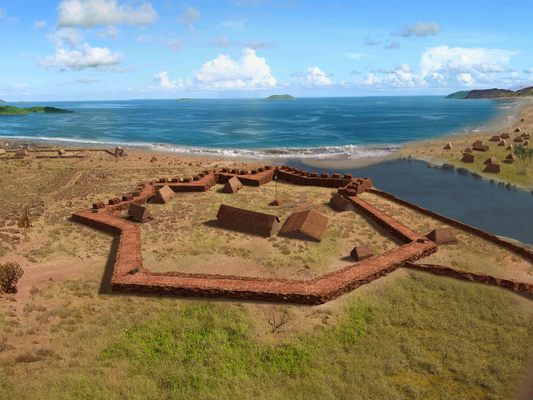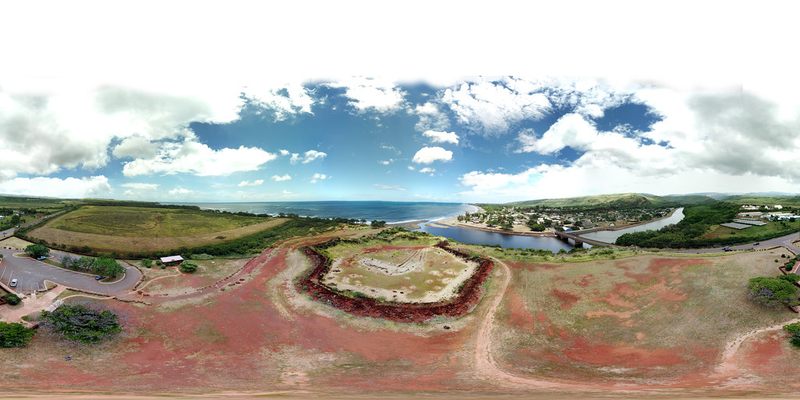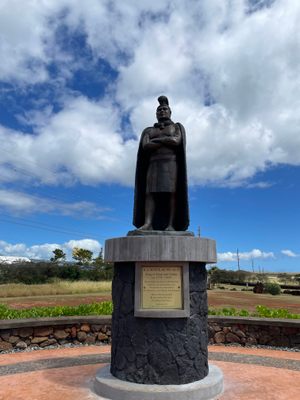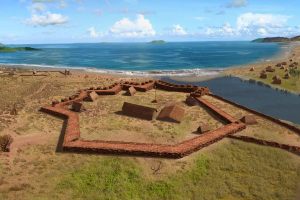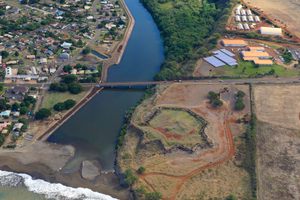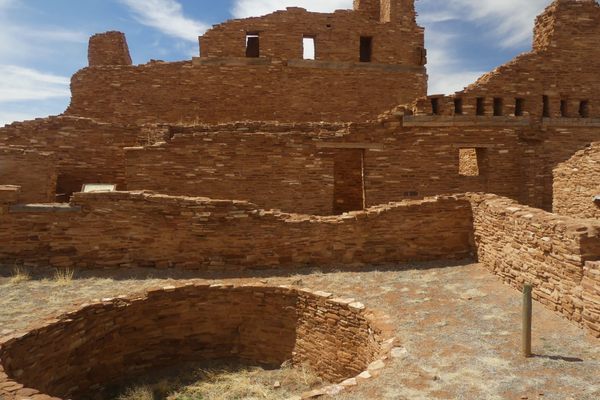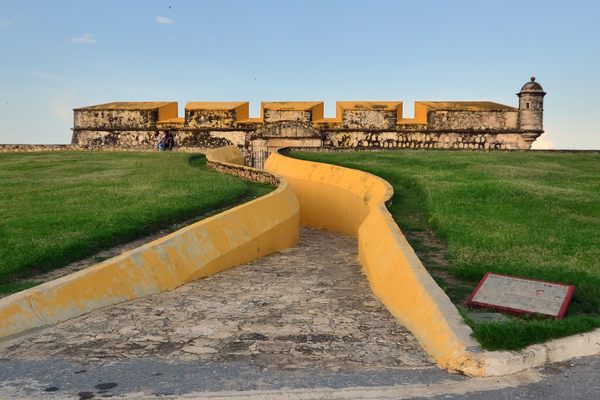About
When Kaumuali‘i became king of Kaua‘i in 1794, he inherited a precarious situation. King Kamehameha I had already conquered the other Hawaiian islands, and now was coming for Kaua‘i. Twice he tried to invade and twice he was thwarted, first by stormy seas and then by illness. Kaumuali‘i was desperate for allies; cue the Russians.
In early 1815, the Russian American Company (RAC) trading vessel Bering wrecked on Kaumuali‘i’s doorstep. To Kaumuali‘i, the ship seemed a gift from the gods. He claimed all the weapons and cannons on board. The surviving crew members eventually hitched a ride on another ship up to the RAC headquarters in Sitka, Alaska.
The company sent the ambitious German surgeon and RAC agent Georg Anton Schäffer to negotiate the return of Bering’s cargo and befriend and secure trading rights with Kamehameha. At first, things went to plan. Schäffer gained favor with Kamehameha after treating him and one of his wives for a severe illness. But soon he lost patience with the slow pace of trade negotiations and headed to Kaua‘i to meet with Kaumuali‘i.
Kaumuali‘i almost immediately offered up his kingdom to Russia in exchange for military protection. Schäffer eagerly agreed to the proposal, sending letters announcing his diplomatic triumph to the RAC and the Russian government in St. Petersburg .
Kaumuali‘i gave the RAC land on Kaua‘i’s north shore, which Schäffer renamed Schäfferthal, or Schäffer’s Valley. There, the RAC, with some help from locals, built Fort Alexander, named after Russian Emperor Alexander I, and the smaller Fort Barclay-de-Tolly. (Little remains of either today.)
On the opposite side of the island, a largely Hawaiian workforce built another basalt fort. Hawaiians called the fort Pā‘ula‘ula, literally “red enclosure,” while Schäffer referred to it as Fort Elizabeth. The fort was built with star-like projections, common in early 19th-century European forts, but was constructed from Hawaiian materials including volcanic stones from an old heiau, a Hawaiian place of worship. The octagonal fort measured 300 feet by 400 feet, with 20-foot high walls that varied in width from 25 to 40 feet.
When the RAC and Russian government finally received Schäffer’s letters announcing his opportunistic territorial grab, they were flabbergasted. Neither wanted anything to do with Kaua‘i or the machinations of rival Hawaiian kingdoms.
This revelation put quite the damper on Kaumuali‘i and Schäffer’s budding relationship. On May 8, 1817, less than a year after Schäffer’s arrival, Kaumuali‘i, along with thousands of his people, ran Schäffer and his men off Kaua‘i.
Kaumuali’i and later the Kingdom of Hawai’i continued to use the fort until it was dismantled in 1864. Today only the outer walls and some interior building foundations remain of the fort, now a Hawai‘i State Park.
To commemorate the legacy of Kaua‘i’s last king, the non-profit organization, Friends of King Kaumualiʻi, erected an eight-foot bronze statue of the king on March 20, 2021. Just 50 yards from the fort, the statue helps to tell the long-overlooked Hawaiian history of the fort.
Related Tags
Know Before You Go
From Lihue, take Highway 50 west (~30 minutes) towards Lawai. Keep heading west until you approach Waimea. The fort is located on the east side of the Waimea River, towards the coast from the highway. There is no entrance fee and the site is open to the public 24/7.
Published
October 8, 2021
